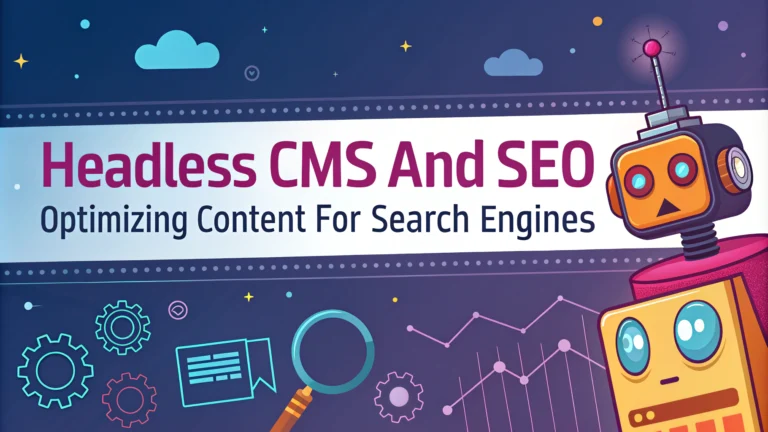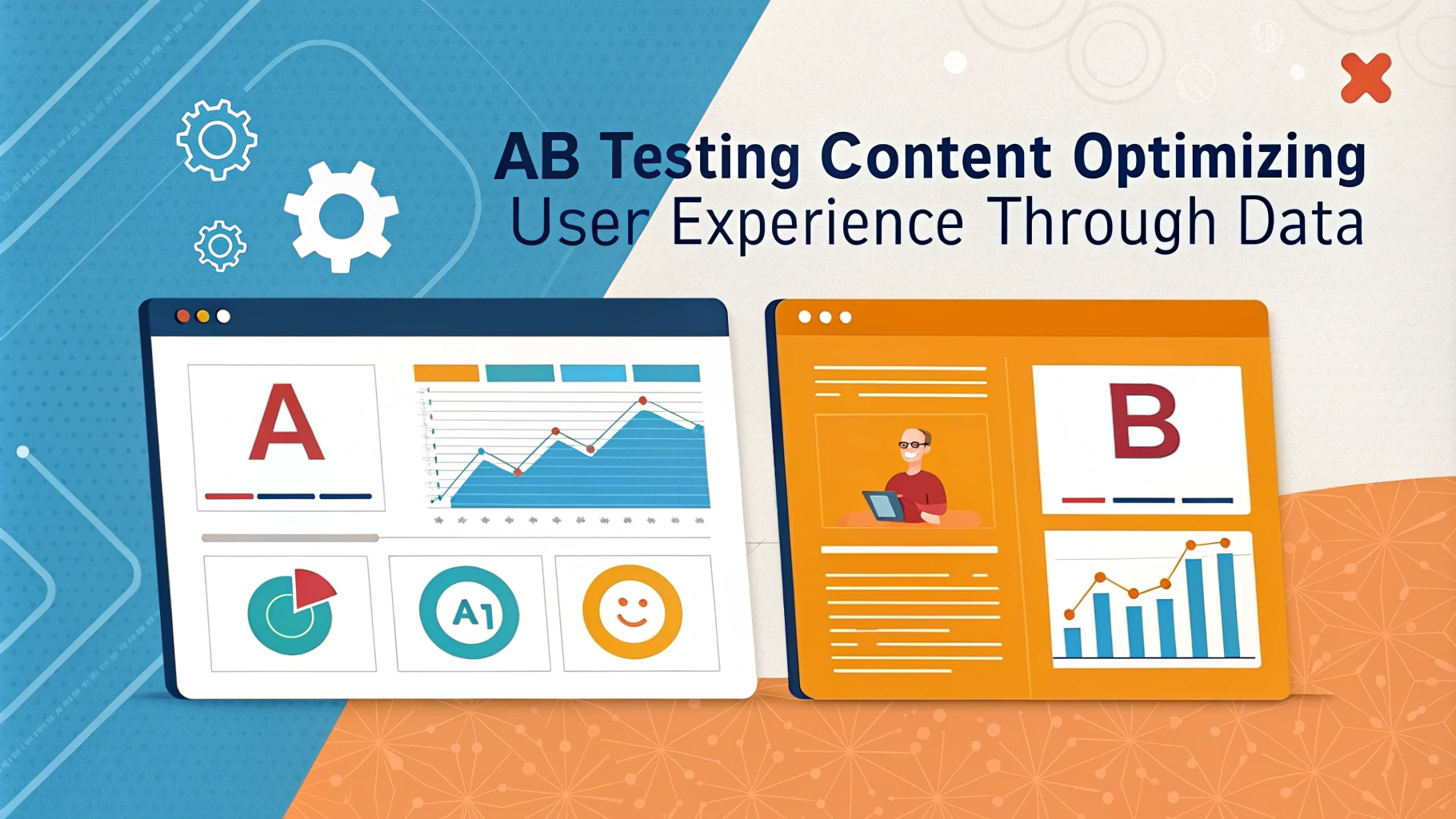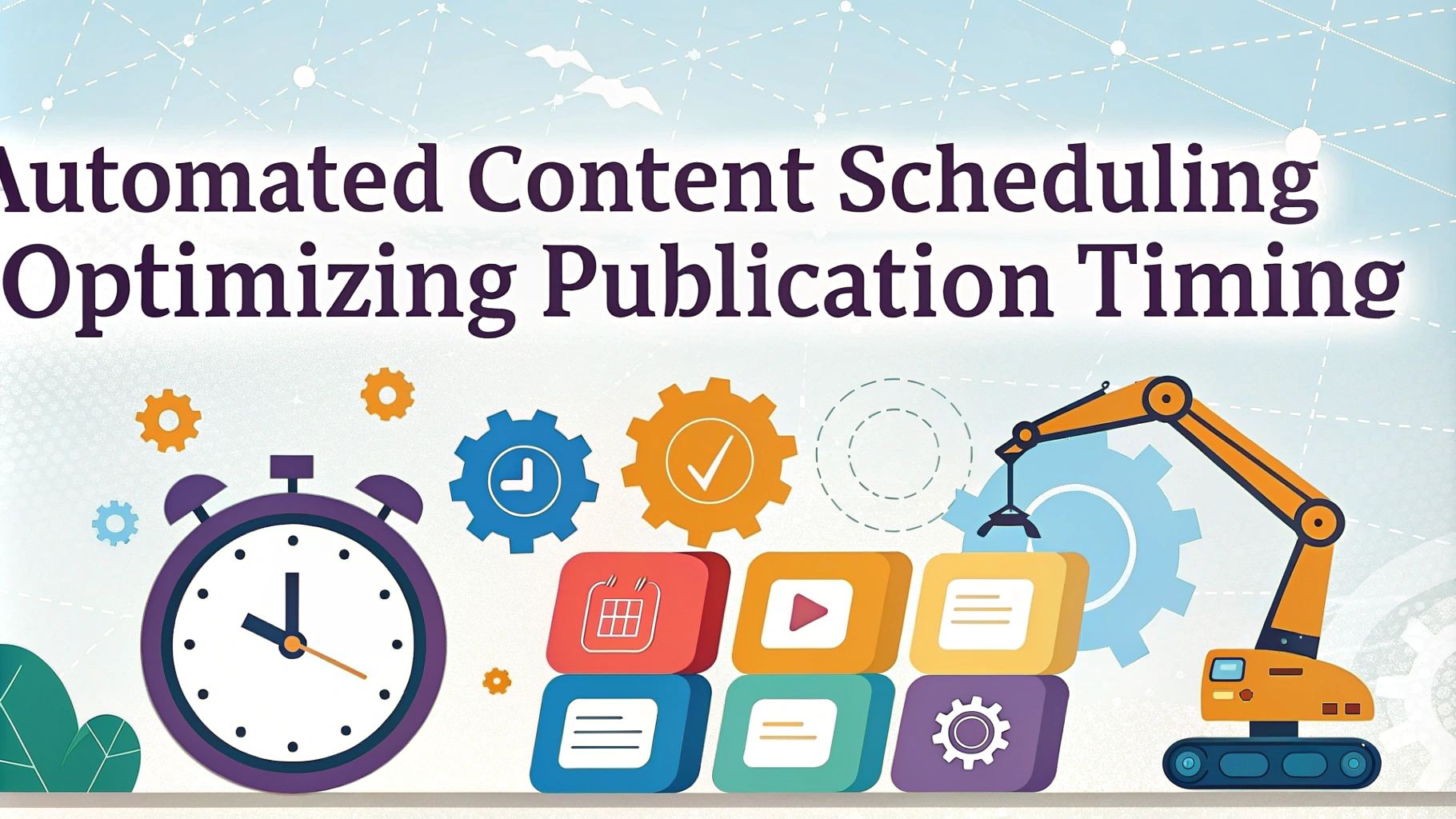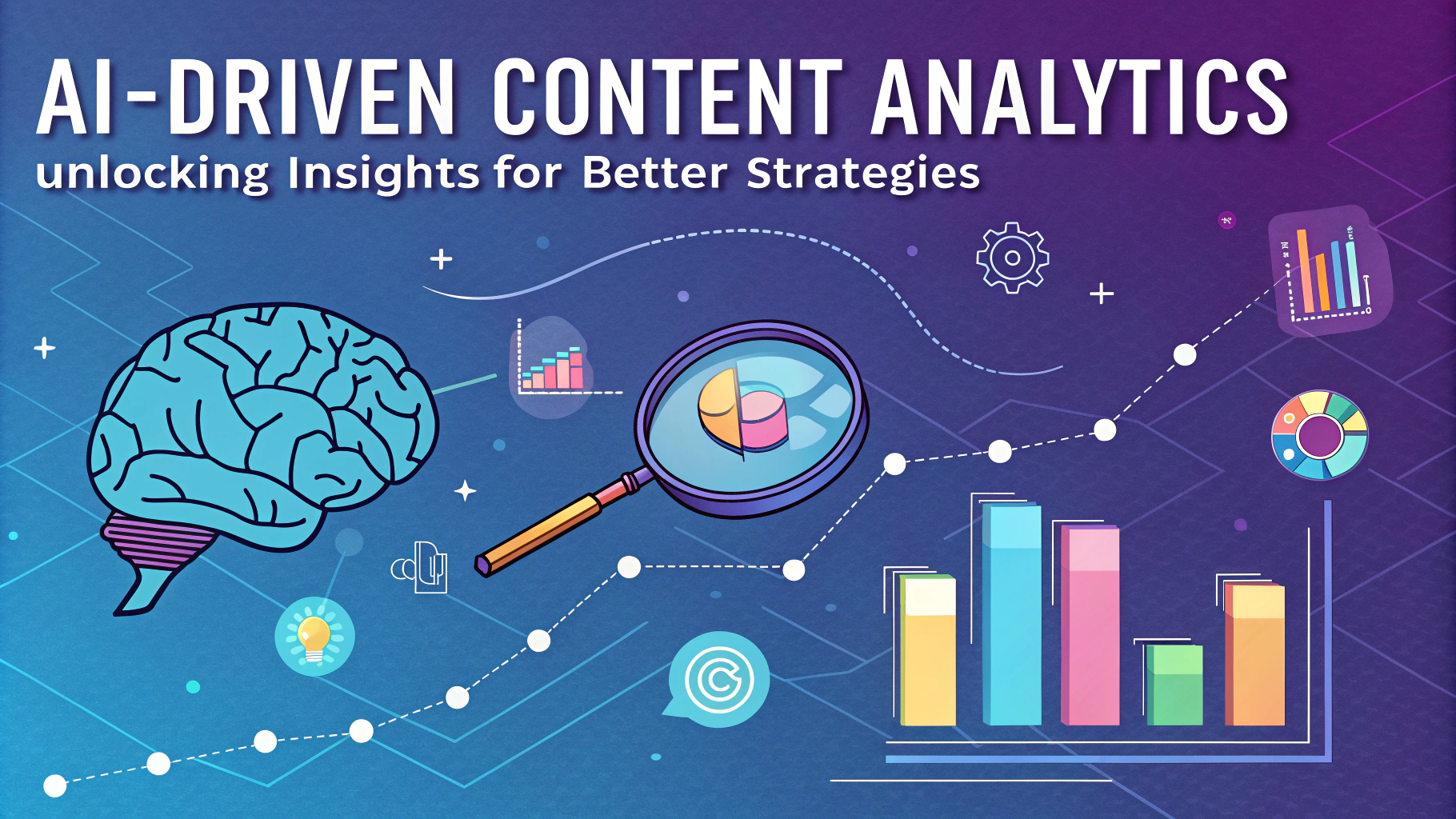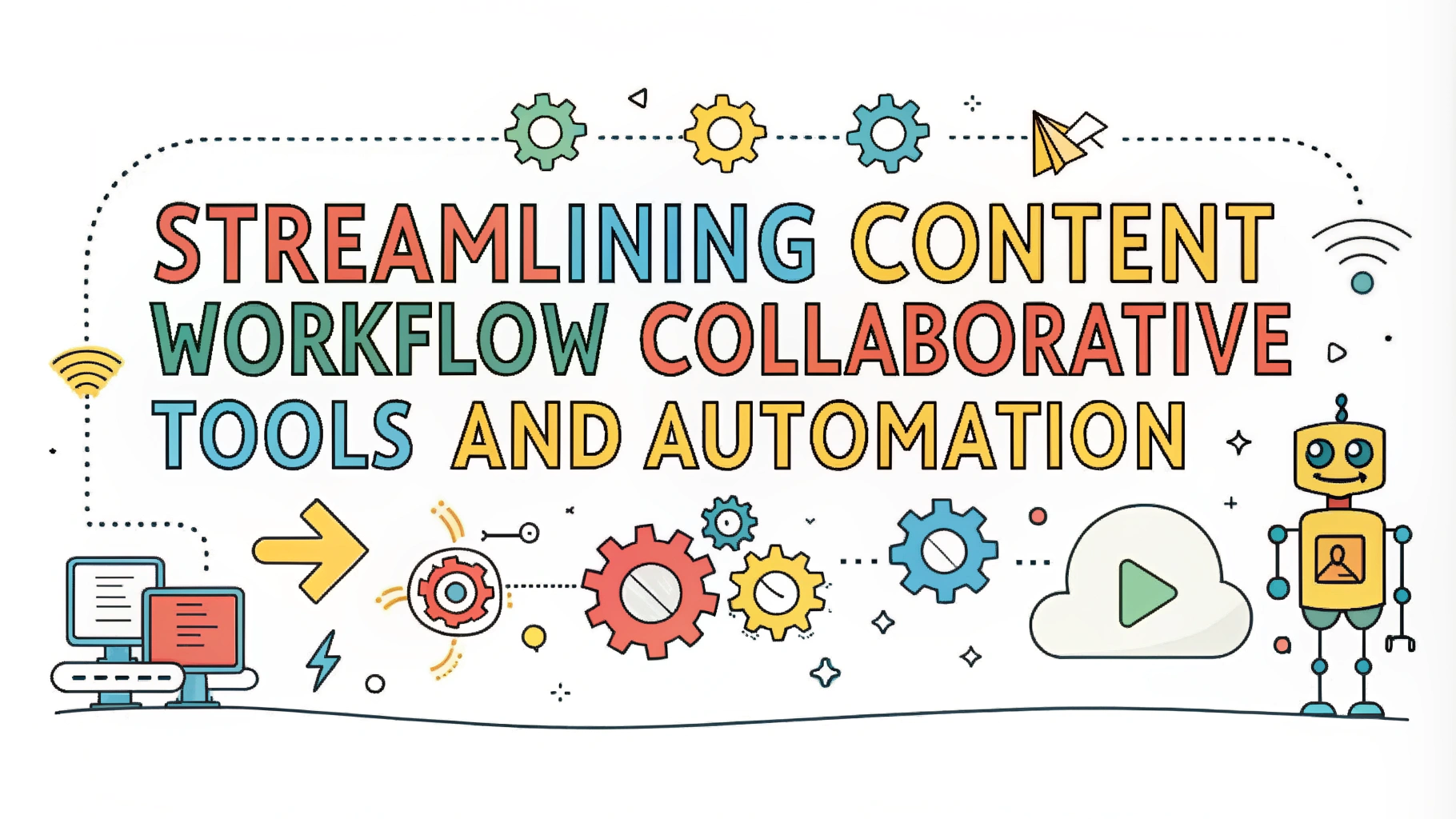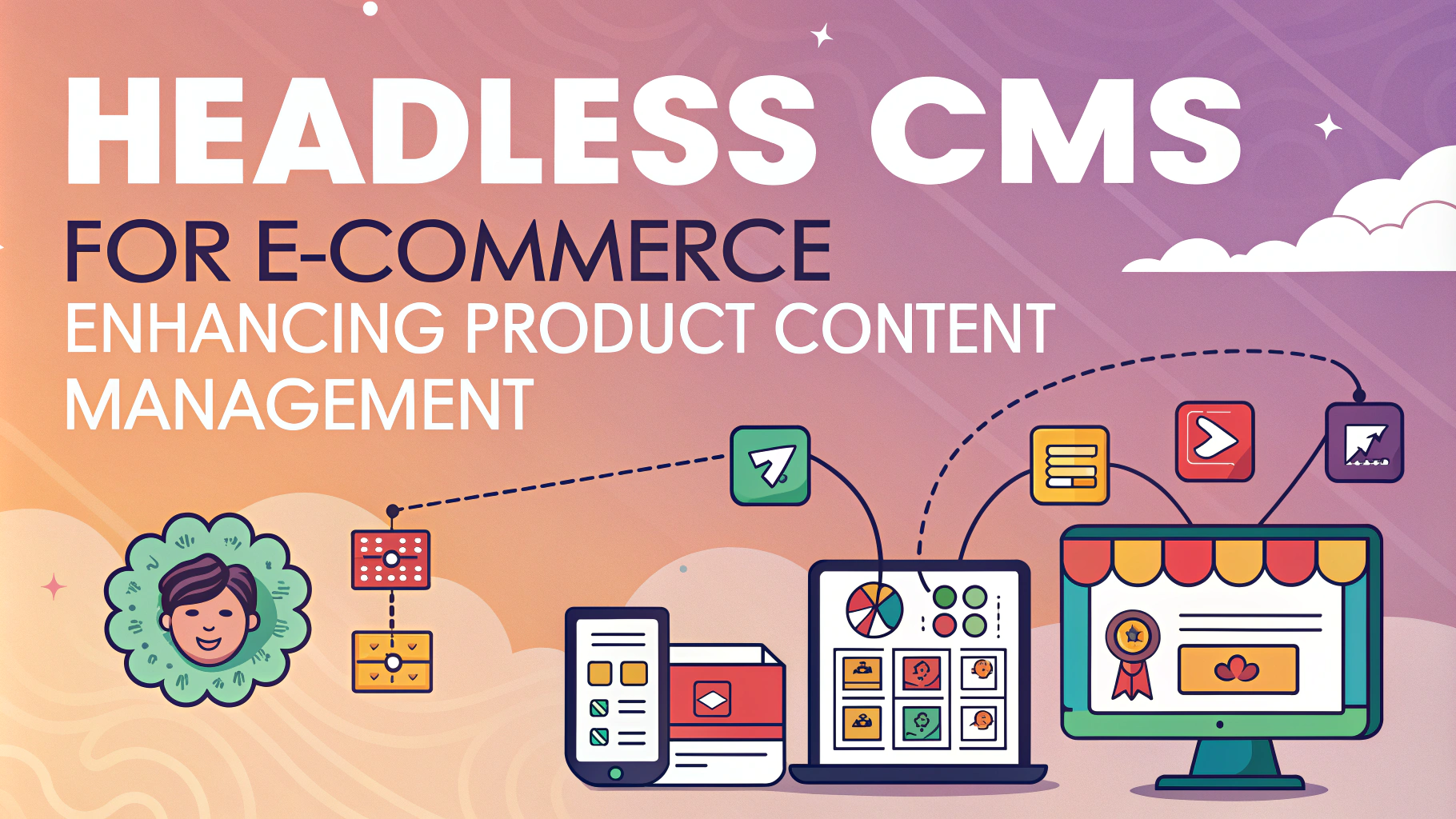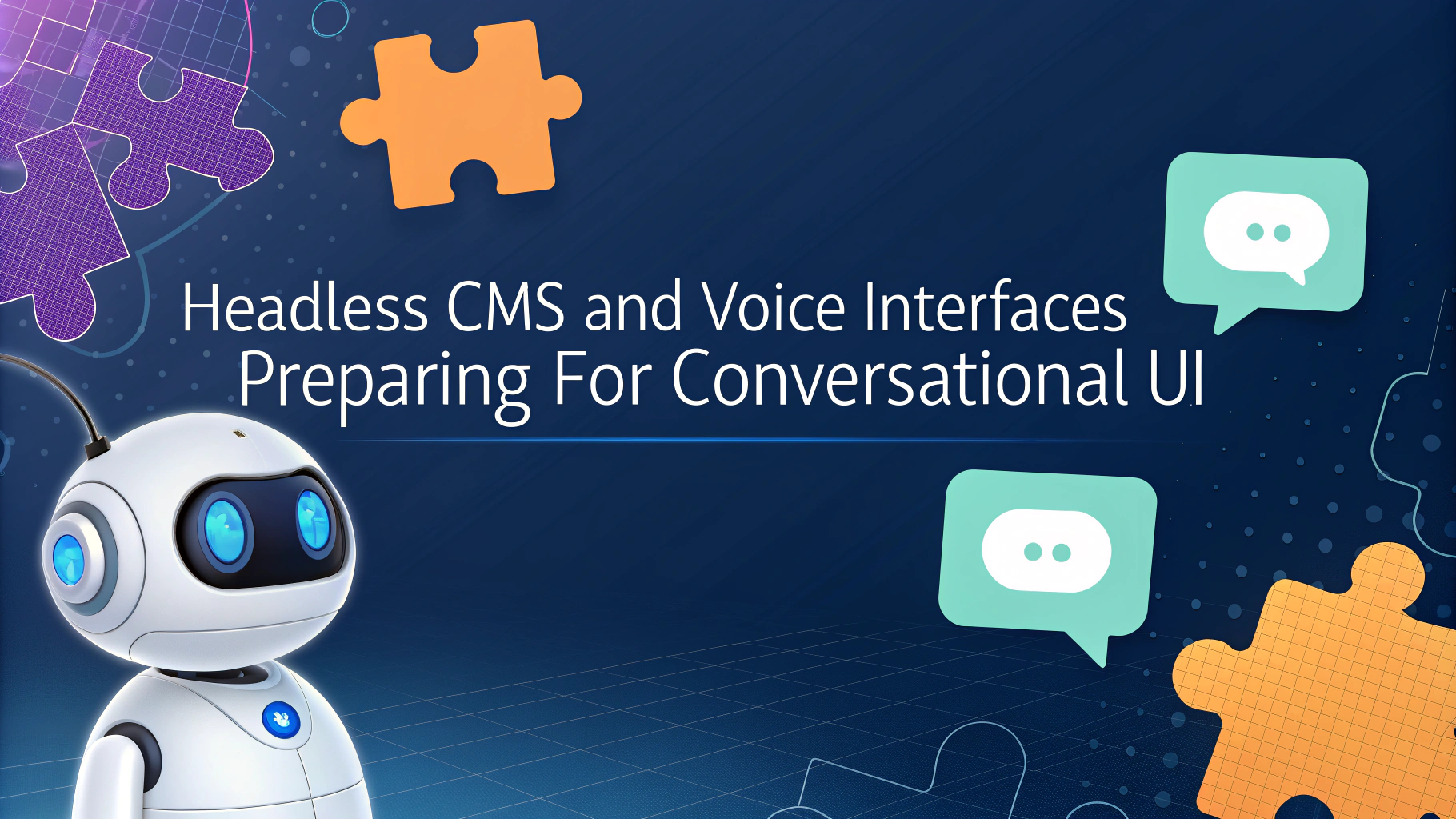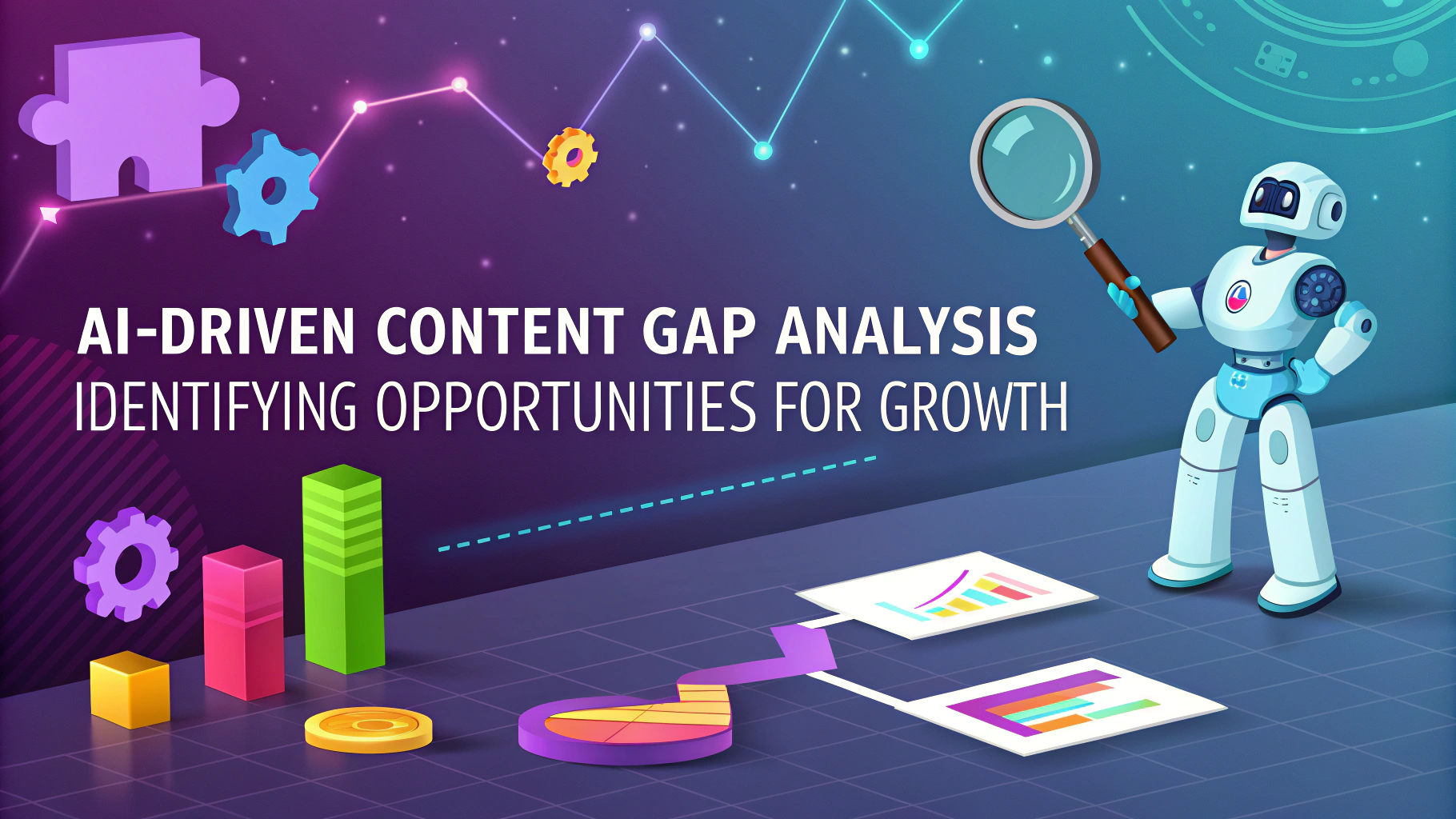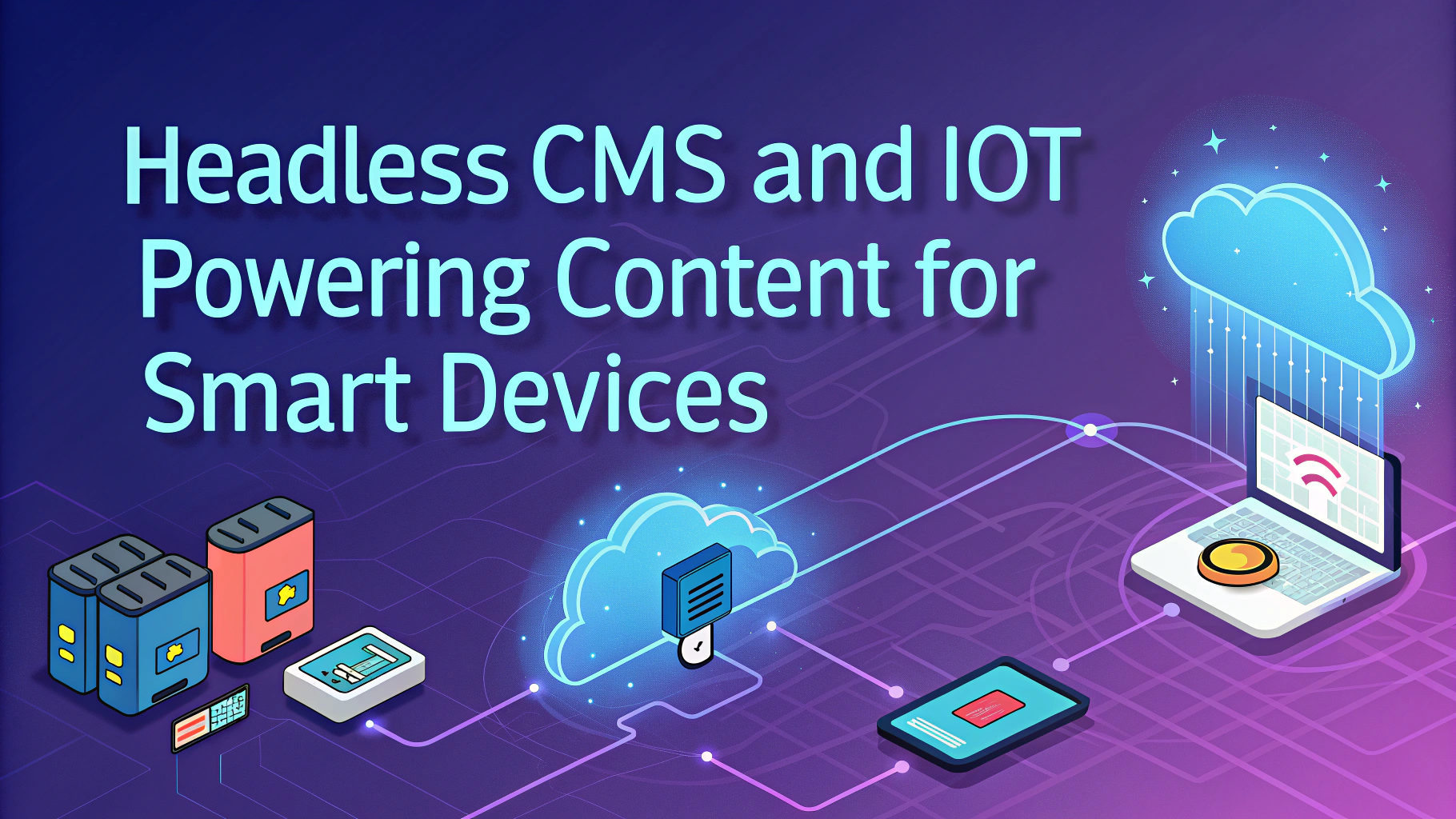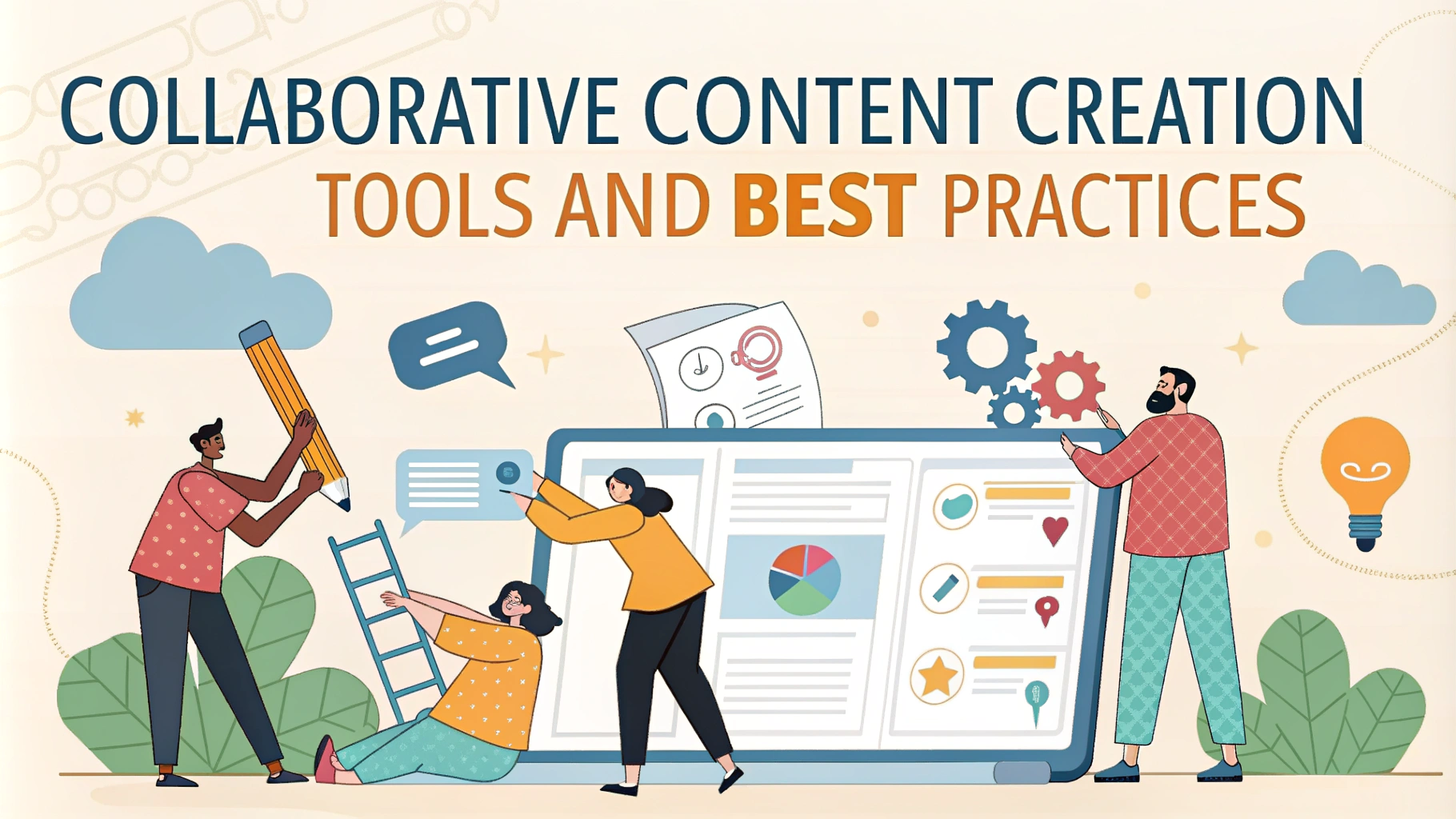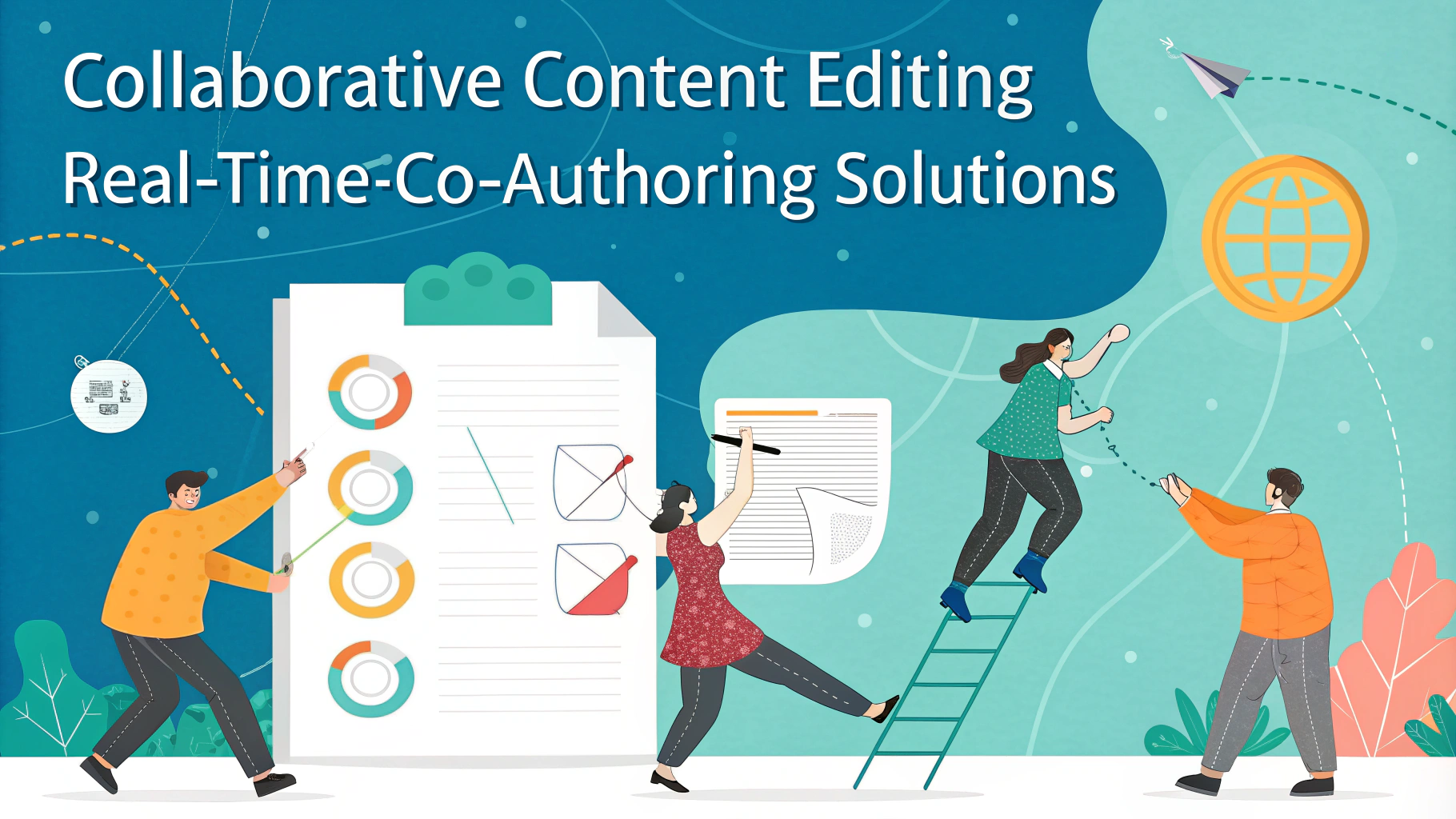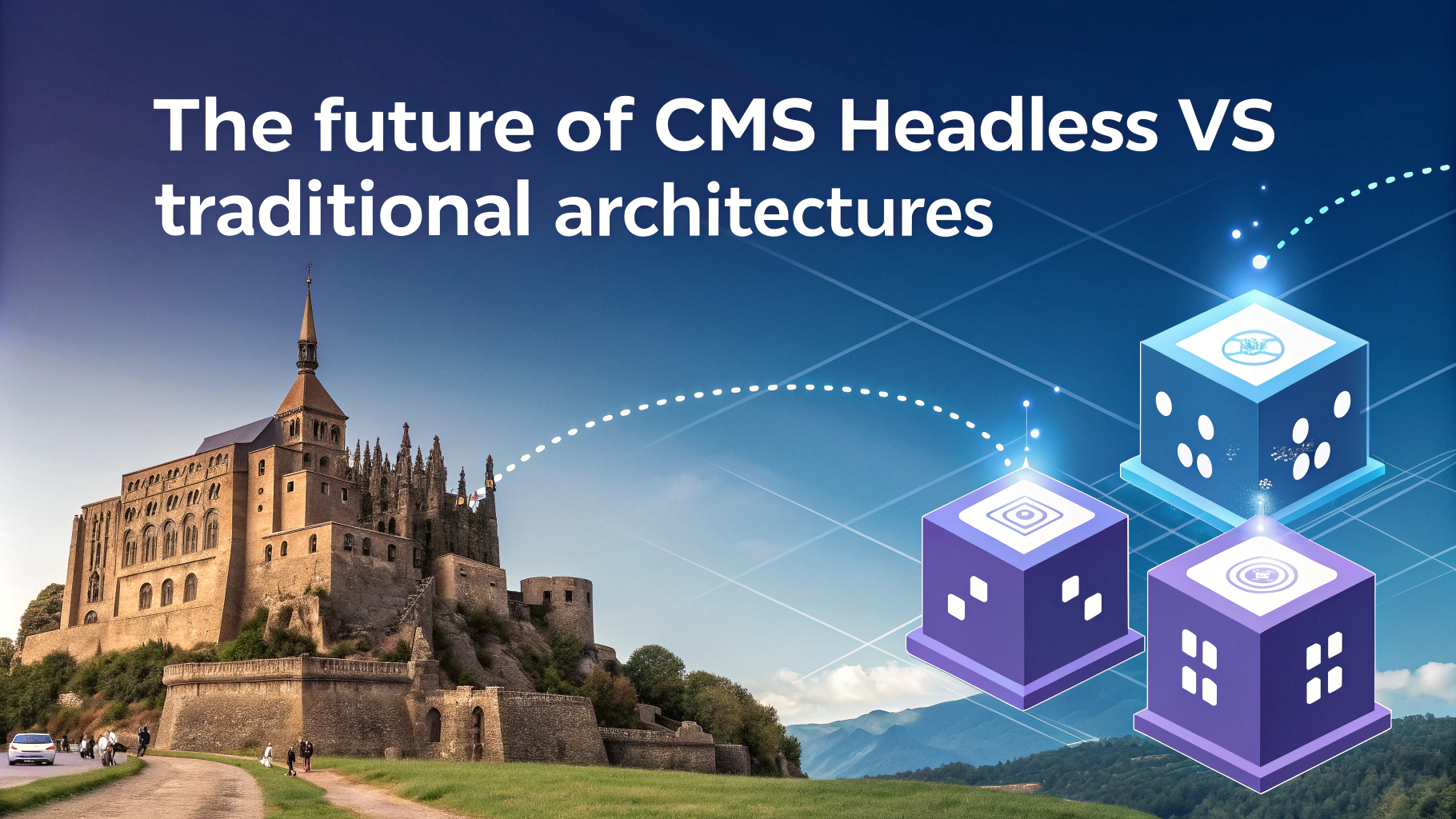Headless CMS revolutionizes content management by separating the backend from the frontend. This approach offers unparalleled flexibility for content delivery across various platforms.
For SEO professionals and content creators, headless CMS presents both opportunities and challenges. This article explores how to optimize content for search engines while leveraging the benefits of a headless architecture.
The Fundamentals of Headless CMS
A headless CMS stores and manages content without a predefined frontend. It delivers content via APIs, allowing developers to build custom frontends for different devices and platforms.
Key features of headless CMS:
- Content-first approach
- API-driven architecture
- Flexible content modeling
- Separation of concerns
This decoupled architecture enables faster content delivery and improved performance, which are crucial factors for SEO.
SEO Challenges in Headless CMS Environments
While headless CMS offers flexibility, it also introduces unique SEO challenges:
- Dynamic rendering: Search engines may struggle to crawl JavaScript-rendered content
- URL structure: Maintaining SEO-friendly URLs can be more complex
- Metadata management: Implementing meta tags and structured data requires additional considerations
- Content preview: Editors may find it challenging to preview content as it will appear in search results
Addressing these challenges requires a strategic approach to content architecture and SEO implementation.
Optimizing Content Structure for Headless SEO
Effective content structuring is crucial for SEO success in a headless CMS environment. Consider the following strategies:
- Content modeling: Design content types with SEO in mind, including fields for meta titles, descriptions, and canonical URLs
- Hierarchical organization: Create a logical content hierarchy to improve crawlability and internal linking
- URL patterns: Implement consistent, SEO-friendly URL structures across your content types
- Schema markup: Integrate structured data into your content models to enhance rich snippets in search results
By optimizing your content structure, you lay a solid foundation for SEO success in a headless environment.
Example Content Model for SEO-Friendly Blog Posts
| Field | Purpose |
|---|---|
| Title | Main heading (H1) and default meta title |
| SEO Title | Custom meta title (optional) |
| Slug | URL-friendly version of the title |
| Meta Description | Summary for search engine results |
| Body Content | Main article content with rich text editor |
| Categories | Content categorization for improved site structure |
| Tags | Additional keywords for internal linking |
Maximizing SEO Potential with Headless CMS
Headless CMS transforms content management, but it also reshapes SEO strategies. This guide reveals how to harness the power of headless architecture while maintaining strong search engine visibility.
We’ll explore practical techniques to overcome common challenges, implement SEO-friendly content structures, and leverage the unique advantages of headless CMS for improved search rankings.
Technical SEO Considerations for Headless Websites
Headless architecture introduces unique technical SEO challenges. Addressing these issues is crucial for maintaining search visibility:
- Server-side rendering (SSR): Implement SSR to ensure content is crawlable by search engines
- Prerendering: Use prerendering services for dynamic content that’s difficult to crawl
- Canonical tags: Properly implement canonical tags to avoid duplicate content issues
- XML sitemaps: Generate and maintain up-to-date sitemaps for improved crawlability
These technical optimizations form the foundation of a robust SEO strategy for headless websites.
Content Delivery and Performance Optimization
Headless CMS offers significant performance advantages, which directly impact SEO:
- API-first approach: Deliver content quickly and efficiently across multiple platforms
- CDN integration: Utilize content delivery networks to reduce load times globally
- Lazy loading: Implement lazy loading for images and videos to improve page speed
- Caching strategies: Develop effective caching mechanisms to reduce server load and response times
By optimizing content delivery, you can improve user experience and boost search engine rankings.
Implementing Structured Data in Headless Environments
Structured data is crucial for rich snippets and enhanced search results. In a headless CMS:
- Integrate schema markup into your content models
- Use API responses to dynamically generate JSON-LD
- Implement schema for different content types (articles, products, events)
- Test and validate structured data using Google’s Rich Results Test tool
Proper implementation of structured data can significantly improve your content’s visibility in search results.
Measuring and Analyzing SEO Performance
Tracking SEO performance in a headless environment requires specific tools and techniques:
- Headless-compatible analytics: Implement tools like Google Analytics 4 or custom solutions
- Log file analysis: Monitor crawl behavior and identify potential issues
- API performance metrics: Track API response times and optimize for speed
- Content performance: Analyze which content types and structures perform best in search
Regular analysis allows you to refine your SEO strategy and capitalize on the strengths of your headless architecture.
Example Dashboard for Headless SEO Metrics
| Metric | Purpose |
|---|---|
| API Response Time | Monitor content delivery speed |
| JavaScript Rendering Time | Assess impact on crawl efficiency |
| Indexed Pages | Track search engine coverage |
| Organic Click-Through Rate | Evaluate SERP performance |
Future-Proofing Your Headless SEO Strategy
As search engines and web technologies evolve, your headless SEO strategy must adapt:
- Voice search optimization: Structure content to answer common voice queries
- Mobile-first indexing: Ensure your headless frontend is fully responsive
- Core Web Vitals: Continuously monitor and optimize for these critical performance metrics
- AI and machine learning: Leverage AI-powered tools for content optimization and personalization
By staying ahead of these trends, you can maintain a competitive edge in search rankings.
Conclusion: Embracing the Headless SEO Advantage
Headless CMS presents unique challenges for SEO, but it also offers powerful opportunities. By implementing the strategies outlined in this guide, you can:
- Overcome technical SEO hurdles specific to headless architecture
- Leverage improved performance for better search rankings
- Create flexible, SEO-friendly content structures
- Adapt to emerging search trends and technologies
Embrace the headless approach to content management, and unlock new possibilities for SEO success in an ever-evolving digital landscape.

